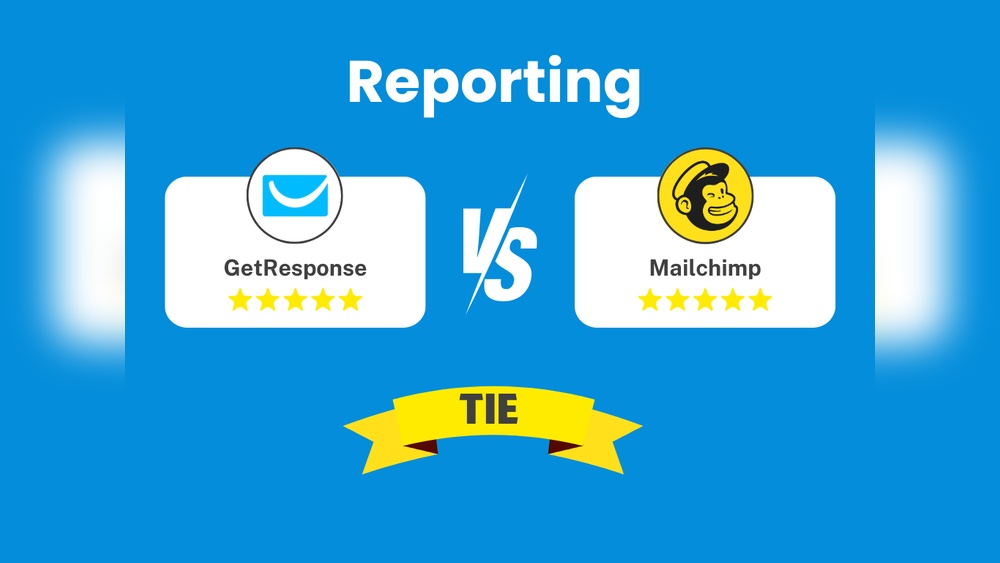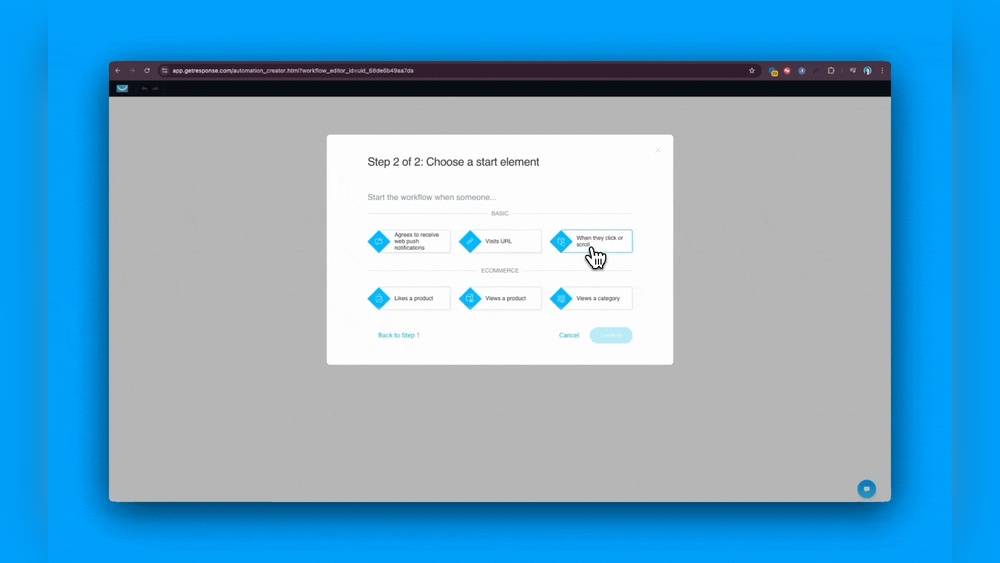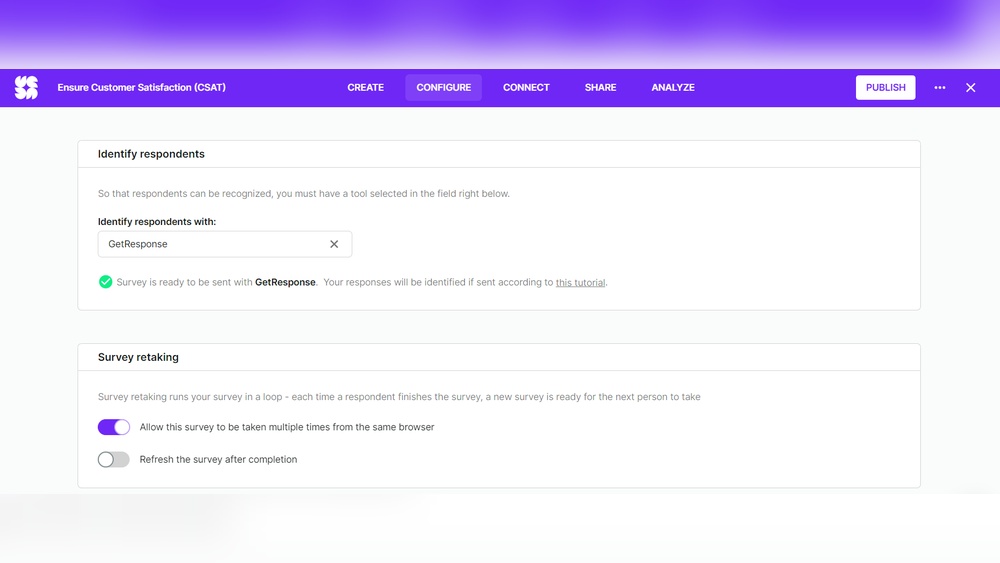Are your emails falling flat? You’re not alone.
Many businesses struggle to make their email marketing campaigns truly effective. But imagine harnessing the power of email to boost your engagement, drive sales, and build lasting relationships with your audience. What if you knew exactly what tweaks to make for your emails to stand out in a crowded inbox?
You can transform your email marketing strategy into a dynamic tool that works for you. In this guide, you’ll discover simple yet powerful techniques that can turn every email into a valuable touchpoint. Dive in and unlock the secrets to making email marketing work like never before.
Building A Quality Email List
Building a quality email list is crucial for effective email marketing. A strong list ensures your messages reach the right audience, boosting engagement. Crafting this list requires strategic methods and techniques.
Opt-in Methods
Opt-in methods are essential for a quality email list. Offer incentives like discounts or exclusive content to encourage sign-ups. Use clear and simple forms. Ensure your opt-in process is transparent and easy. People should know what they sign up for.
Embed sign-up forms on your website. Use pop-ups sparingly to capture attention. Leverage social media channels to promote your email list. Provide a compelling reason to join.
Segmentation Techniques
Segmentation techniques enhance the effectiveness of your email marketing. Divide your list into smaller, targeted groups. This personalization increases relevance and engagement.
Segment based on demographics like age or location. Consider past interactions or purchase history. Tailor content to each segment’s preferences. This approach makes your emails more engaging.
Use analytics to refine your segmentation. Monitor engagement levels and adjust segments accordingly. This continuous refinement keeps your list dynamic and responsive.
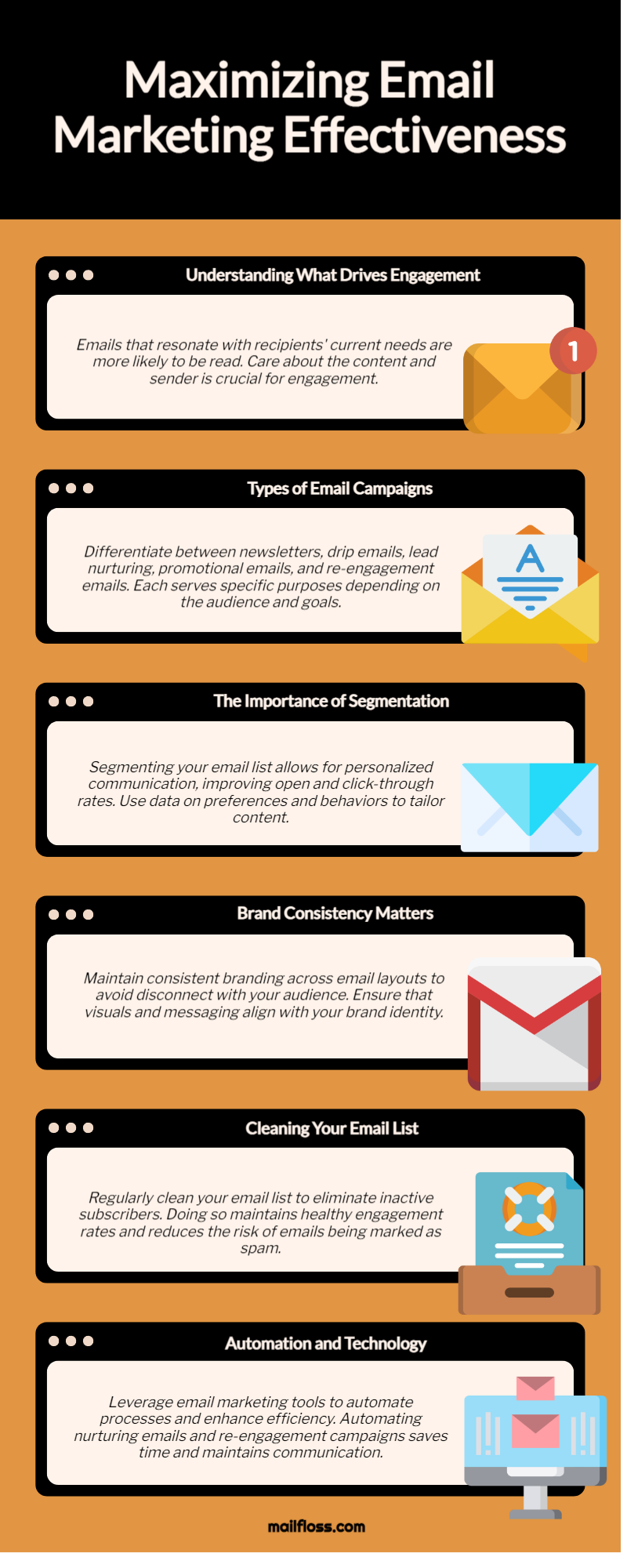
Credit: mailfloss.com
Crafting Compelling Content
Boost email marketing effectiveness by crafting engaging content. Write clear, concise emails with strong calls to action. Personalize messages to connect with your audience.
Crafting compelling content is the heart of effective email marketing. It’s not just about what you say but how you say it. Your goal is to capture your audience’s attention and keep them engaged, encouraging them to act. Whether you’re sending a promotional offer or a newsletter, your content should resonate with your readers, making them eager to open your emails and respond.Subject Lines That Grab Attention
Your subject line is your first impression. Make it count. Think of it as a headline that must convince your reader to click. Short, intriguing subject lines work wonders.Avoid generic phrases. Instead, offer a glimpse of what’s inside the email. For example, instead of “Monthly Update”, try “Exciting Changes Await You This Month”.Experiment with questions or curiosity-driven statements. Ask yourself: If you received this email, would you open it? If not, tweak it until you would.Personalization Tactics
Personalization goes beyond just using a recipient’s name. Dive deeper by tailoring content based on past interactions. Have you ever received an email that felt like it was written just for you? That’s the magic of personalization.Segment your audience into groups based on behavior or interests. Send them content that speaks directly to their needs and preferences.Use data wisely. If your reader recently purchased a product, follow up with tips or complementary offers. Make them feel valued and understood.What strategies have worked for you in the past? Reflect on your experiences and adapt those insights to craft emails that build stronger connections with your audience.Designing Effective Emails
Crafting compelling emails boosts marketing success. Focus on clear subject lines and engaging content. Ensure mobile-friendly design and call-to-action placement.
Designing effective emails is crucial for the success of your email marketing campaign. The way your email looks can significantly impact whether your audience engages with your content or clicks away. It’s all about making your message clear, visually appealing, and easy to interact with. Let’s dive into how you can achieve this with responsive design tips and visual elements that captivate your audience.Responsive Design Tips
Ensure your emails are easy to read on all devices. With more people checking emails on their phones, responsive design is not optional. Test your emails on different devices to see how they appear.Use a single-column layout for simplicity. This makes it easier for readers to scroll through your content on smaller screens. A clean layout guides the reader’s eye to the most important parts of your message.Focus on readability. Use larger font sizes and ample line spacing. This enhances user experience and keeps your audience engaged longer.Visual Elements
Images can make or break your email. Use high-quality images that are relevant to your message. Avoid cluttering your email with too many visuals that can distract from the main point.Incorporate brand colors and logos. This helps in brand recognition and makes your emails instantly identifiable. Consistent branding builds trust with your audience.Include clear call-to-action (CTA) buttons. Make them stand out with contrasting colors. Effective CTAs guide your readers on what action to take next, increasing your conversion rates.How do you ensure your emails are not just opened, but acted upon? By focusing on these design elements, you make your emails not only visually appealing but also highly functional.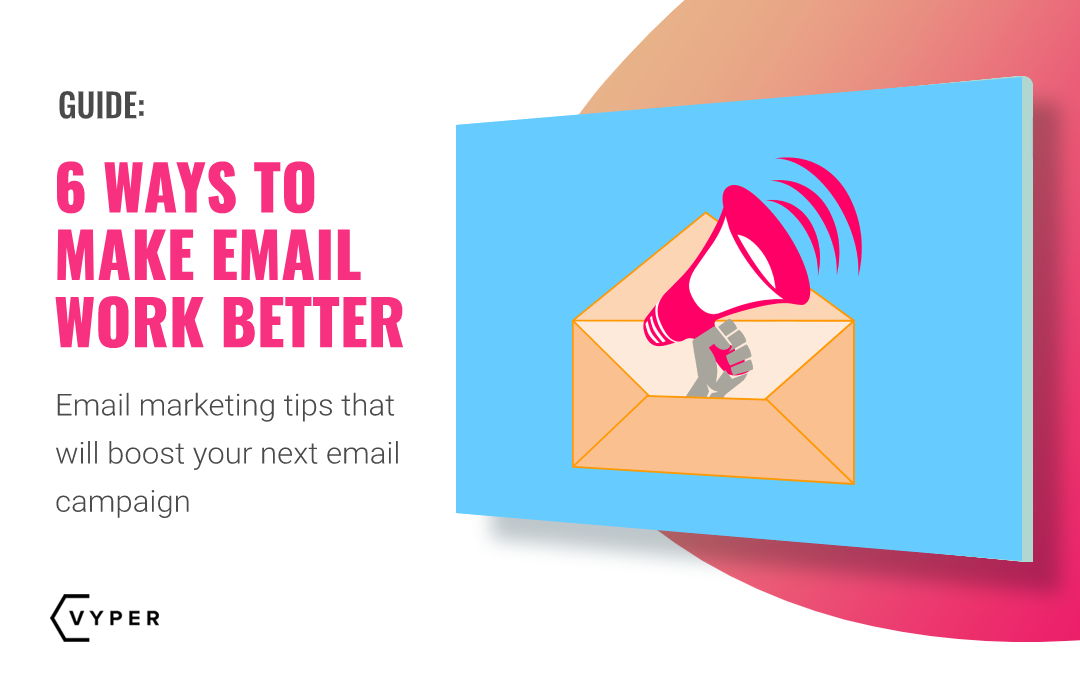
Credit: vyper.ai
Automation Strategies
Enhance email marketing with effective automation strategies. Segment audiences for personalized messages. Schedule campaigns to optimize engagement and track performance effortlessly.
When setting out to enhance your email marketing efforts, automation strategies can be your secret weapon. They save you time while maintaining a personalized touch with your audience. Automation helps you connect with your subscribers at the right moment, with the right message. But which strategies should you prioritize for the best results? Let’s dive into two effective approaches: Drip Campaigns and Behavioral Triggers.Drip Campaigns
Drip campaigns are a series of pre-written emails sent out at specific intervals. They guide your subscribers through a journey, from awareness to conversion. Imagine a new subscriber joining your list. You could send a welcome email immediately, followed by a series of emails introducing your brand, sharing valuable insights, and offering exclusive deals.These campaigns keep your brand top of mind without overwhelming your subscribers. They provide consistent engagement, increasing the likelihood of conversion. Have you thought about what your subscribers need to know right after they sign up? Crafting a thoughtful drip campaign can answer their questions and build trust.Behavioral Triggers
Behavioral triggers send emails based on actions taken by your subscribers. This could be anything from clicking a link, abandoning a cart, or downloading a resource. These triggers ensure your emails are relevant and timely. When a subscriber shows interest in a product, you can send a follow-up email with more information or a special offer.Using behavioral triggers can significantly boost your email marketing effectiveness. They allow you to respond to your subscribers’ actions in real-time. Are you tracking what actions your subscribers take on your website? By using this data, you can tailor your emails to match their interests and improve engagement.Automation in email marketing isn’t just about making your life easier; it’s about crafting meaningful connections with your audience. Whether it’s through a well-planned drip campaign or a timely behavioral trigger, these strategies can take your email marketing to the next level. What steps will you take today to make your email marketing more effective?Analyzing Performance Metrics
Analyzing performance metrics is crucial for effective email marketing. It helps refine strategies and boosts engagement. By understanding key metrics, marketers can adjust their campaigns. This ensures better results and higher ROI. Let’s dive into the important metrics to track.
Open Rates And Click-through Rates
Open rates show how many people open your emails. A higher open rate means your subject line worked. It grabbed attention. To improve this metric, test different subject lines. Personalize them to make readers feel special. Click-through rates (CTR) indicate how many people click links in your email. A high CTR means your content is engaging. It encourages action. To boost CTR, ensure your content is relevant. Use clear calls-to-action. This guides readers to take the next step.
Conversion Tracking
Conversion tracking is vital to measure success. It shows how many recipients complete desired actions. This could be making a purchase or signing up for a newsletter. Set clear goals for each campaign. This helps track conversions effectively. Use tools like Google Analytics to monitor these actions. Analyze the data to see which emails drive conversions. Then, refine your strategies based on these insights. This ensures better results in future campaigns.

Credit: spreecommerce.org
Optimizing For Deliverability
Boost email marketing success by focusing on deliverability. Ensure emails reach the inbox, not the spam folder. Use clear subject lines and proper authentication techniques for best results.
Email marketing can be a powerful tool, but its success largely depends on whether your emails reach the intended inboxes. Optimizing for deliverability is crucial to ensure your carefully crafted messages don’t end up unnoticed in spam folders. Deliverability is about more than just hitting “send”—it’s a blend of strategy and technical know-how. Let’s dive into some key aspects you should consider for optimizing deliverability.Avoiding Spam Filters
Spam filters can be a major hurdle in email marketing. They are designed to protect users from unwanted content, but they can also block your legitimate emails if you’re not careful. To avoid spam filters:– Use a recognizable sender name and email address. People are more likely to open emails from sources they recognize. – Craft clear, honest subject lines. Misleading subjects can trigger spam filters and erode trust. – Balance text and images. Emails with too many images or too much text can be flagged as spam.Imagine spending hours crafting the perfect email only for it to end up in spam. It’s like cooking a gourmet meal that no one gets to taste. Always test your emails before sending them to ensure they pass spam filters.Maintaining Email Reputation
Your email reputation is like your credit score for email marketing. A poor reputation can hinder your deliverability rates. Here’s how to maintain a good reputation:– Monitor your bounce rates. High bounce rates can signal to email providers that your list is outdated or low quality. – Encourage engagement. The more your subscribers interact with your emails, the better your reputation. Ask questions, include polls, or encourage replies. – Regularly clean your email list. Remove inactive subscribers who haven’t engaged with your emails in a while.Think about your own inbox. Would you keep reading emails from a sender who constantly sends irrelevant or spammy content? Keep your content valuable and relevant to maintain your reputation and keep subscribers engaged.Optimizing for deliverability involves a proactive approach. Are you regularly checking your deliverability metrics? Deliverability isn’t just about avoiding spam—it’s about building trust and ensuring your messages reach their destination. By focusing on these areas, you can significantly improve the success of your email marketing campaigns.Enhancing Engagement
Boost email marketing success by crafting compelling subject lines and personalized content. Use clear calls-to-action to inspire readers to engage. Consistent follow-ups maintain interest and strengthen customer relationships.
Enhancing engagement in email marketing is like turning up the volume on a great song. It captures attention and keeps your audience hooked. It’s all about making your emails not just read, but experienced. You want your subscribers to feel involved and valued. So, how can you breathe life into your email campaigns? Here are some practical strategies that can make your emails stand out and connect with your audience.Interactive Content
Interactive content is a game changer in email marketing. It transforms passive reading into active participation. Think about quizzes, polls, or clickable images. These elements invite your subscribers to interact and engage.Have you ever clicked through a fun quiz in an email? That’s interactive content at work. It not only captures interest but also provides insights into your audience’s preferences.Consider adding a simple poll to your next email. Ask your audience what topics they want to hear about. This could lead to better content creation and higher engagement rates.Feedback And Surveys
Feedback is crucial for improvement. It’s like receiving a map to your audience’s needs and desires. Surveys are a direct line to their thoughts.Have you ever received an email asking for your opinion? That’s a brand valuing your input. It’s also a strategy to keep subscribers engaged and invested.Craft a short survey asking your audience for feedback on your content or services. This not only enhances engagement but also builds trust and loyalty. People love to be heard, so give them that platform.—By using interactive content and feedback tools, you can elevate your email marketing campaigns. Ask yourself: Are your emails engaging enough? If not, it might be time to try these strategies.Compliance And Privacy
Email marketing thrives on trust and transparency. Prioritizing compliance with privacy laws builds customer confidence. Clear privacy policies and consent practices ensure effective communication.
In the digital age, email marketing remains a powerful tool for businesses. However, with great power comes great responsibility. Compliance and privacy are not just legal requirements; they’re essential for maintaining trust with your audience. Ignoring these can lead to hefty fines and damage to your brand’s reputation. Let’s explore how you can ensure your email marketing strategy is both compliant and respectful of your subscribers’ privacy.###Gdpr Considerations
The General Data Protection Regulation (GDPR) has changed the landscape of email marketing in the EU. If you’re targeting EU citizens, it’s crucial to understand this regulation. GDPR mandates that you obtain explicit consent from individuals before adding them to your email list.Consider adding a checkbox to your sign-up forms. This ensures that subscribers actively agree to receive your emails. Transparency is key. Clearly state how you’ll use their data and provide an easy way to opt-out.Data protection is also vital. Store your subscribers’ data securely, and only keep it as long as necessary. Regularly audit your email lists to remove inactive subscribers and ensure compliance.###Can-spam Act Guidelines
In the U.S., the CAN-SPAM Act sets the rules for commercial emails. Compliance is not optional, and violations can result in hefty fines. The law requires you to provide clear identification of your message as an advertisement.You must include your valid physical postal address in your emails. This adds credibility and meets legal requirements. Another critical aspect is the opt-out mechanism. Make it easy for recipients to unsubscribe from your emails.Your subject lines need to be honest and not misleading. This builds trust and ensures you’re within the law. Regularly review your emails to ensure they comply with these guidelines.Have you ever received an email that seemed suspicious? It’s a reminder of why compliance and privacy in email marketing matter. By respecting your subscribers’ preferences and adhering to legal standards, you foster trust and long-lasting relationships.How do you ensure your email marketing strategy respects privacy and compliance?Frequently Asked Questions
How Do I Become A Successful Email Marketing?
Focus on building a quality email list, craft engaging content, personalize messages, and analyze performance metrics. Regularly test and optimize campaigns for better results.
What Is The 80/20 Rule In Email Marketing?
The 80/20 rule in email marketing suggests focusing 80% of your efforts on creating quality content and 20% on promotional content. This strategy enhances engagement and builds trust with your audience while driving conversions. Balancing content ensures subscribers remain interested and loyal to your brand.
What Are The 5 T’s Of Email Marketing?
The 5 T’s of email marketing are Targeting, Timing, Testing, Tracking, and Tactics. Target specific audiences. Send emails at optimal times. Test different strategies. Track performance metrics. Implement effective tactics.
Conclusion
Email marketing works best with a clear plan. Know your audience well. Send messages that speak to them directly. Use catchy subject lines. Keep content simple and engaging. Track results to learn what works. Adjust your strategy based on feedback.
Consistent effort leads to better connections. Build trust with your audience over time. Stay updated on trends for fresh ideas. Email marketing is about building relationships. With patience and care, success will come. Keep improving your approach. Every message counts.

